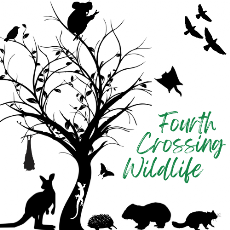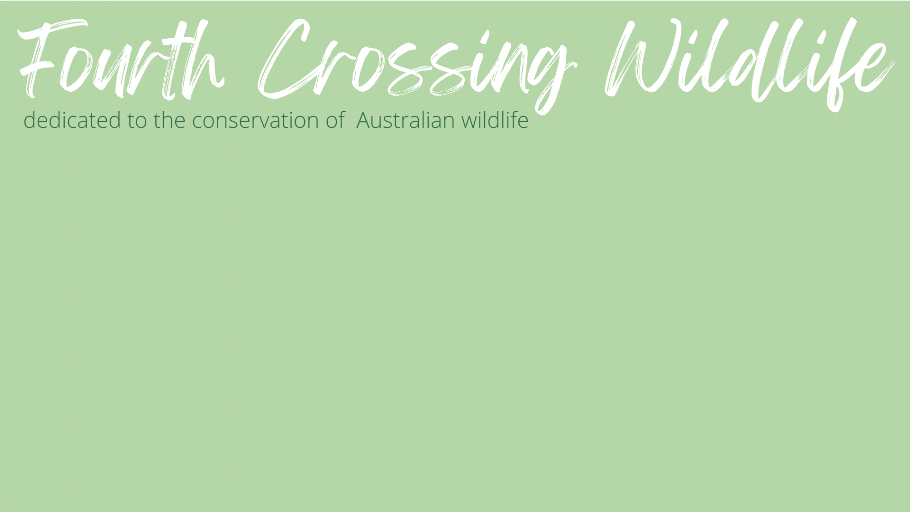Wildlife Resources
Grass, Cows and Kangaroos
The problem.....
Kangaroos, wallaroos and wallabies (herein referred to as just kangaroos) have long been persecuted and culled on the land predominately due to their grazing nature.
Many believe that the kangaroos grass and herbivorous diet puts them in direct competition to cattle and sheep, and therefore they are considered as pests.
This is not necessarily the case, particularly in times of good growth.
The Dry Sheep Equivalent (DSE) system was developed to help farmers compare feed requirements for different classes of stock as well as to determine the carrying capacity of an area.
In measuring the energy requirements of livestock, the standard animal against which all other animals are compared is a 50kg wether sheep maintaining a constant weight. By definition, a 50kg wether has a dry sheep equivalent (DSE) rating of 1, animals requiring more feed have a higher rating, and animals requiring less feed have a lower rating. The DSE rating of all classes of stock is based on the feed requirements of the animals.
DSE can also be used to compare feed intake of sheep, cattle and kangaroos.
DSE is simple -
- a 50kg dry sheep has a DSE rating of 1.
- a 450kg dry cow has a DSE rating of 6, meaning that one cow would eats six times more grass than one sheep.
- an 800kg bull has a DSE rating of 10, meaning that one bull would eat ten times more grass than one sheep.
- cows at different age stages and pregnant cows have different energy requirements and therefore have different DSE ratings - which are more than a standard cow or bull.
- a 450kg dry cow has a DSE rating of 6, meaning that one cow would eats six times more grass than one sheep.
- an 800kg bull has a DSE rating of 10, meaning that one bull would eat ten times more grass than one sheep.
- cows at different age stages and pregnant cows have different energy requirements and therefore have different DSE ratings - which are more than a standard cow or bull.
- a 450kg (small) horse has a DSE of 11.
- rabbits have a DSE rating of around 0.125, meaning that it would take 8 rabbits to eat the same amount of grass as one sheep.
- kangaroos are known to have a DSE rating of between .2 and .7 meaning that one kangaroo (depending on size) would eat only 20% to 70% of that of one 50kg sheep.
- kangaroos are known to have a DSE rating of between .2 and .7 meaning that one kangaroo (depending on size) would eat only 20% to 70% of that of one 50kg sheep.
- the CSIRO consider the value of .7 to be vastly overestimated.
Parasites and other complaints.....
Some people also believe that kangaroos transfer internal parasites to stock. This belief is groundless as most parasites to kangaroos are specific to marsupials and are not hosted by cattle and sheep. There are two exceptions - liver fluke and tapeworm - however it is believed that liver fluke was introduced to Australia via the importation of domestic cattle and the parasite was actually transferred to marsupials. And, it is more likely that tapeworm is transferred from farm dogs to cattle after feeding them uncooked offal from culled marsupials, there is no direct transfer of tapeworm from marsupials to stock.
The belief that footrot can be carried by kangaroos and transmitted to livestock is also false, as this is not a disease associated with marsupials.
It is often the bain of a farmer when kangaroos damage fencing in their efforts to access feed and water. This can be easily - and quite cheaply - rectified.
Solutions.....
There are several ways that farmers can adapt their properties for the inclusion of kangaroos.
- Electric fencing can be used to keep stock in one area - and keep kangaroos out.
- Instal swing gates so that kangaroos can enter an area - stock will not use these gates.
- Kangaroo grazing patterns can be disrupted by loud noises and lights. This will encourage kangaroos to move to other areas during periods of the day.
- Create small dams in bush areas so that kangaroos are not seeking water in stock areas.
- Don't hand feed kangaroos as this will encourage them to stay in the area and they will be less likely to range freely and graze elsewhere.
** This article has been produced using the information from the resources below, neither of which are currently unavailable on the web (2021).
** It is not the work of Fourth Crossing Wildlife.
** The intent for reproducing this information is to share knowledge with the wildlife community and help conserve Australian native animals.
Other resources : CSIRO, RCS Australia and Griggs (2002).
NSW Department of Primary Industries
Author: Alex Russell Source: W. McDonald, previously Program Leader Pastures (North), Tamworth and Dr P. Orchard, previously, Program Leader Pastures (South), Wagga Wagga
http://www.dpi.nsw.gov.au/agriculture/farm-business/budgets/livestock/sheep/background/dse
Victoria Department of Primary Industries
Developed by John Harkin, Biosecurity Victoria
http://new.dpi.vic.gov.au/agriculture/pests-diseases-and-weeds/animal-diseases/zoonoses/hydatids-a-disease-of-dogs-that-affects-people
Developed by John Harkin, Biosecurity Victoria
http://new.dpi.vic.gov.au/agriculture/pests-diseases-and-weeds/animal-diseases/zoonoses/hydatids-a-disease-of-dogs-that-affects-people


